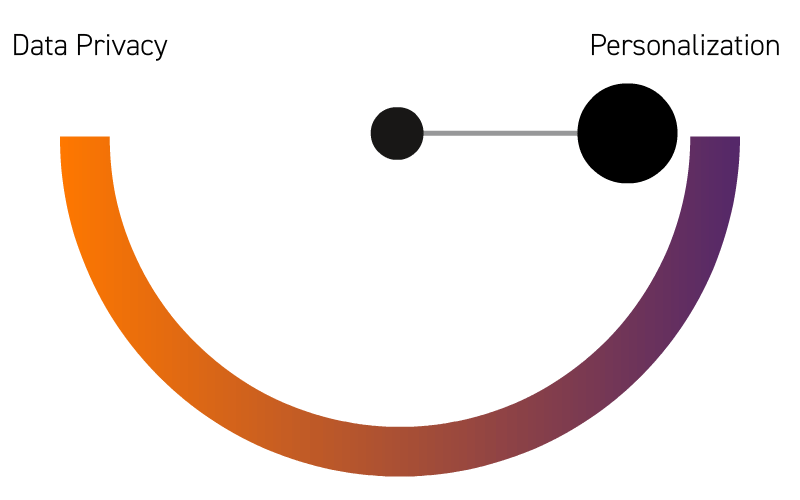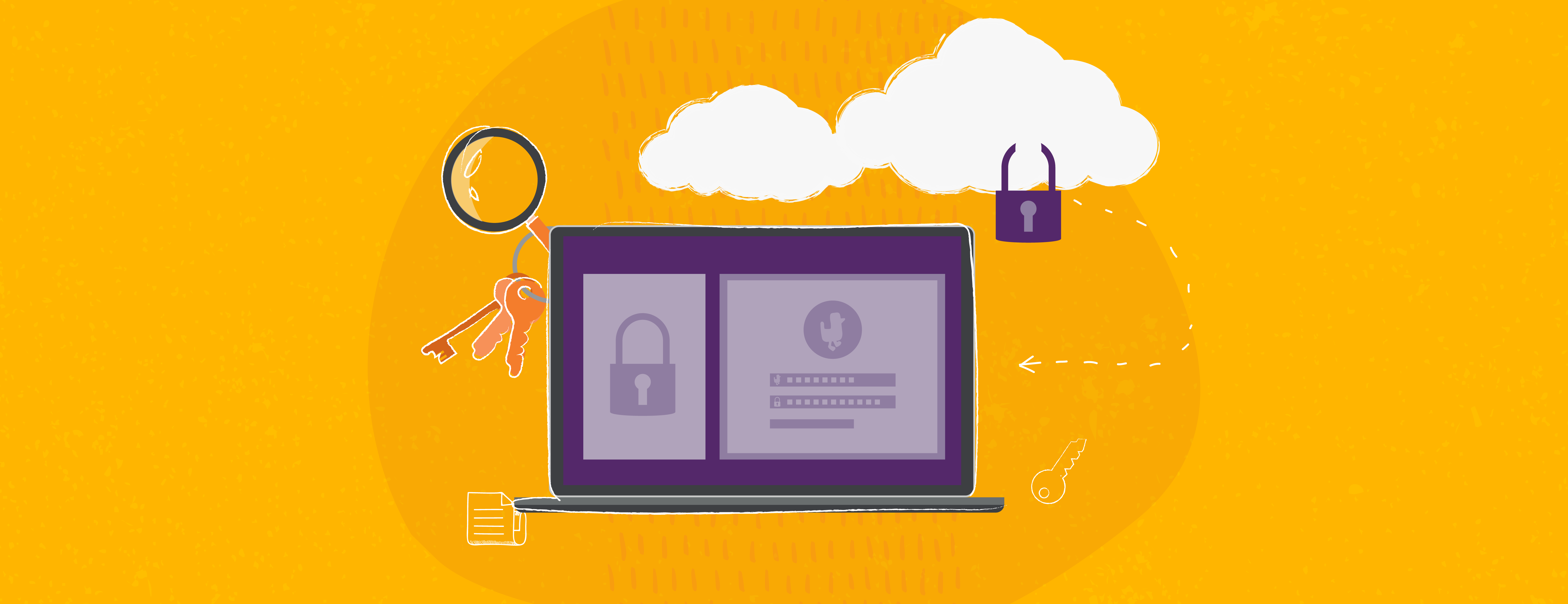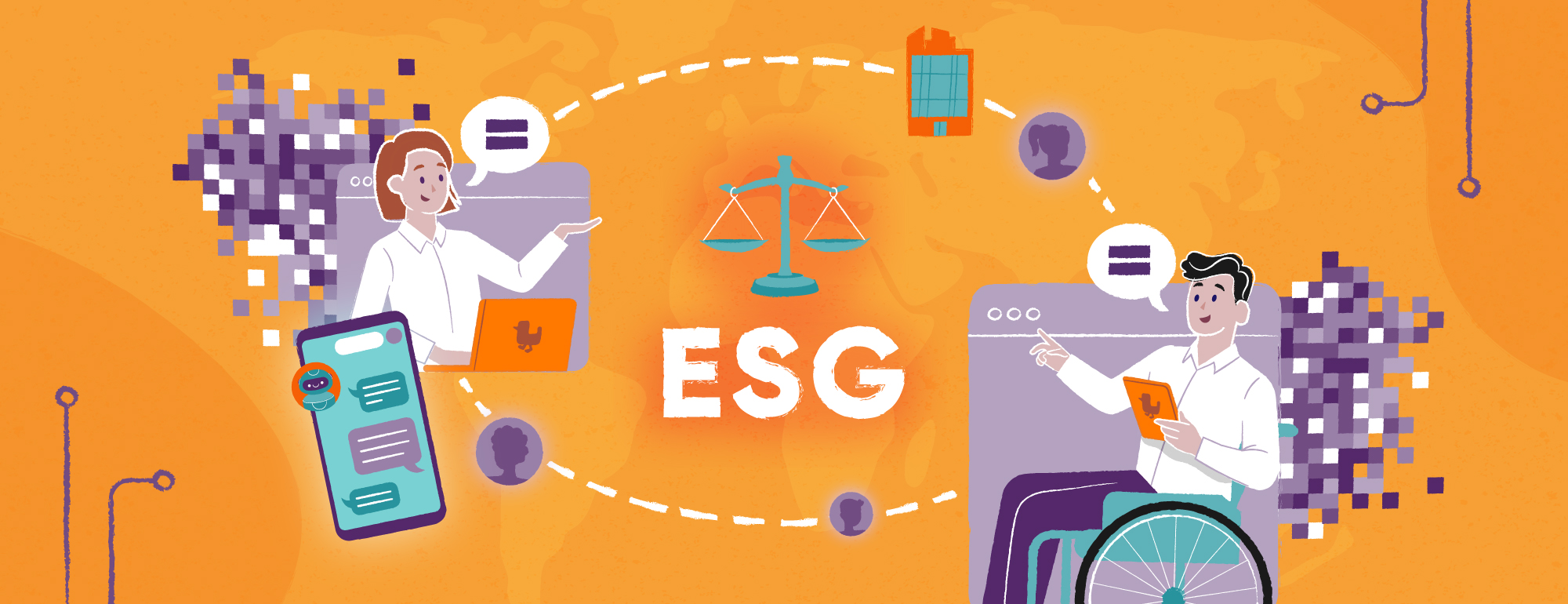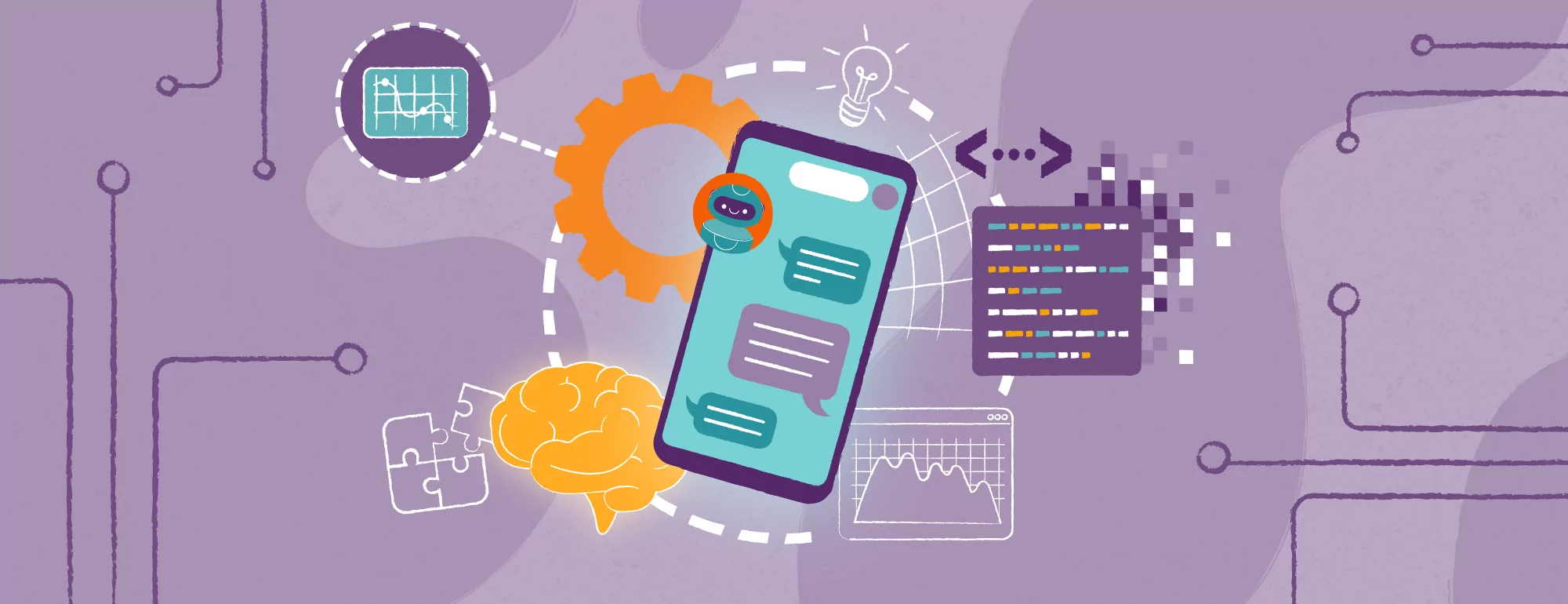Privacy vs Personalization / The Future of Data Privacy
Data is the future, data is the new oil… we’ve all heard the idioms that user data is going to be important. Yet watchdogs, consumer activities and government officials are likewise imposing stricter privacy and security regulations.
As such, the future of privacy and data is at something of a crossroads. Surely, for data collection and management to rise, regulations need to be relaxed? Or, alternatively, with increased regulations, will personalized services become redundant ‘nice-to-haves’?
Oxymoronically, the answer looks somewhere in-between. Today’s customer, at least, wants to have it both ways. And who are we to argue? Here then, we want to better tackle the nature of privacy vs personalization in regard to the future of consumer privacy.
- What do consumers expect from both modern privacy standards and personalized experiences?
- What trends will appear in the near future of privacy and data matters?
- How can companies still enable the all-essential data collection when such privacy and security issues continue to grow?
- What are the most immediate steps to take?
Consumer Privacy is a Must
Personal data protection is at an all-time high. Since the implementation of the General Data Protection Regulation (GDPR) back in 2016, governments in other corners of the world have followed suite. In the U.S. for example, there are such regulations as the California Consumer Privacy Act.
So prominent are these laws, in fact, that such regulations are essentially considered the default for privacy and security; if not from the government or company perspective, but from the point of view of consumers, users and the general public at large.
So if the oldest retail adage is true – and the customer is always right – organizations face a tricky challenge. Customers want to ensure maximum data privacy protection whilst still expecting a modern experience, whether it’s on the internet or in store.
But Consumers Love Personalization
On the other hand, it’s well known that a personalized customer experience is a strategic advantage. Yet all personalization is built on top of one fundamental resource: personal information. Without data, we have nothing to personalize around.
Of course, personalization is a very broad topic and there are arguably different tiers or levels of personalization.
- The easiest personalization is based around known factors, such as location, from the IP address. Stores already use this to show the right language and currency, for example, but others take this a step further, customizing each location based on what’s happening (i.e., the weather or special occasions). Of course, even a free VPN can cancel this out, but the practice as a whole continues to be beneficial.
- At another level, we typically start to use personal data when users make accounts and move towards regular customers. Here, we have their basic details (such as name and location) as well as a history of their interactions. This is where most organizations start to use such personal data for targeted incentives, such as recommendation engines or personalized newsletters and adverts.
- After this, there’s a wider level of automated tech. From targeted ads to interactions with social media, organizations have learned to both scrape data and use it in every possible corner. And this is often the layer that faces the most resistance, giving Data Protection Officers the biggest headache.
Predicting the Data Privacy Future
Data is only growing in popularity, but so is the topic of data privacy and security. When we think about these, paired with the growing trends of new digital technology, data-savvy organizations and increasingly young and aware generations of customers, how far out will data ripple?

Of course, please note, there are no guarantees here, just educated trajectories. Even all the data in the world would only show us a very likely prediction. Everything depends on individual circumstances; industry, business size, credibility, the very customer in question etc
Privacy and Personalization that Users Want
For customers, the answer is simple. They’re willing to give certain personal information over, but they expect it to be used on their terms, with the ability to opt-in and opt-out as they chose. Specifically, we’re living in an age where opt-in is default, and opt-out policies are seen as less transparent business practices.
In other words, they want tighter control and access, rather than letting technology run rampant.
This isn’t even far away; it’s already here. Companies that wouldn’t have invested in technology-heavy business practices ten years ago are now as online as possible; even when the business itself is only a brick-and-mortar operation. Both retail stores and coffee franchises alike are developing dedicated apps – many of which don’t offer online deliveries, orders or other typical final engagements.
Why? The most obvious reason is that they enable a restricted form of data collection. They enable consumers to benefit from loyalty programs, but also receive personalized offers and incentives to continue their engagement.
Personal Data When Needed, Anonymous When Not
This one goes without saying, but one of the biggest implications of General Data Protection Regulation is that companies now need valid reasons for the data that they collect. A key term that comes up in such discussions is anonymization.
Companies need to ensure that identifiable personal data is clearly indicated at the point of collection, while also ensuring that enough anonymous data doesn’t lead to a solvable puzzle. Most businesses and organizations have addressed this through appointing a Data Protection Officer to assess all data management processes, keep regulators happy and deal with public enquiries – including the right to forget.
Bridging The Real & Virtual Worlds
Furthermore, data and privacy protection will no longer be limited to purely digital practices and business operations.
For instance, we’ve previously predicted that hyperpersonalization will go on to cover proximity-based adverts in the great outdoors, as well as newly developing channels such as AR, VR and the wider metaverse. In all these areas, the barriers between the internet and reality disappears, as the ability to harness data becomes a global phenomenon, online or not.
New Channels Will Have the Most Resistance
The longer something exists, the more it’s typically tolerated. When it comes to advertising, for example, this can go all the way to “banner blindness”. Personalization is no stranger to this.
Statistics show that user distrust varies based on the channel or device in question. A U.S report in 2019 put distrust highest in VR & AR (95 percent) and lowest on smart phones (81 percent) – note that websites were absent from this particular survey. It’s only logical that consent levels follow a similar pattern.
Likewise, we must also assume that this trend continues with the aforementioned technology that impacts the real world. New technology always invites suspicion (particularly where data risk is involved) and it takes early adopters to normalize the trends.
Enabling Data Collection in a Privacy-Conscious Era
People cried out in 2016 that GDPR would end such personalization efforts. In truth, the majority of those companies are still here, and have simply adapted to the laws. Clearly, there is a way through the conundrum.
Making Data Protection Work in Your Favor
If necessity is the mother of invention, then restrictions are the mother of innovation. One of the biggest advantages of stricter data control is that it trims out the most fringe elements of your audience; people that subscribe to your newsletter, follow on social media or maybe even make a single purchase, but ultimately drop off without opting out.
Now, if a customer chooses to sign-up or give such data over, it’s often because they either want or don’t mind. Typically, their decision to give hand over personal information is directly tied to the return value for them. The more you offer, the more engagement you’re likely to generate.
Bring Technology In-house
Another impact of GDPR is that companies are becoming responsible for the wider range of tech tools that they use. Organizations now need to detail which tools collect consumer data in their privacy policy – including if the companies behind those tools have the legal right and consent to do so.
This also concerns other technology choices, such as the cloud, where data needs to be stored in the right countries or regions. Thankfully, most cloud providers know their way around compliance and data protection – often better than most companies or governments.
The easiest answer – at least for the larger businesses out there – is to bring as much of this in-house as possible. More than just eliminating external risks, it closes the data loop and puts users at ease.
Mix in More Public Data
When we talk about data privacy, we’re naturally talking about customer and user specific data. There are no such concerns when using public data that isn’t about specific individuals. In fact, we can – and should – use this to supplement the customer data that we do have.
While e-commerce is not the only market for such data, it certainly has the widest potential. For example, we can measure activity against the likes of geolocated data such as weather. There are a huge range of Open Source Intelligence (OSINT) databases.
Here, we’re essentially combining known information with anonymous data and creating genuine market insights.
And of course, when we have users making accounts and giving us better access to information, we can then explore further options. Burger King has infamously used geolocations on apps in the past, but why not simply extend this further? Promote order-in options when it’s raining in certain cities, for example. It’s not a game changer, but it’s still extra value.
The First Steps? Data Management
Privacy concerns aren’t going away. Compliance will, if anything, only become more stringent. As such, the first step for the vast majority of companies is to streamline data management, from security and access to full compliance with user privacy regulations.
But this must also come paired with a sharp realization: working with the data you have is better than hoarding data out of a sense of best practice. Companies have shown creative uses for even the simplest of data. Creativity is often born out of necessity.
The only other option is to develop strategies where customers willingly give their information over. Loyalty apps and other digital incentives provide the ideal balance here. They act in both the consumer’s and business interests.








